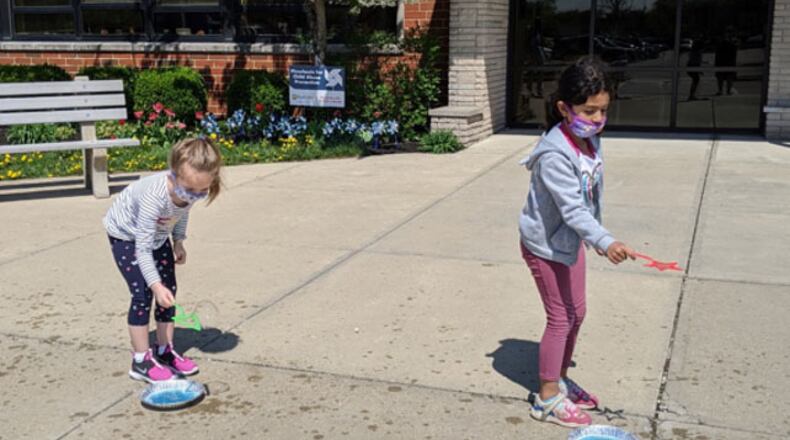The incorrect data comes at a point when COVID hospitalizations in western and southwestern Ohio are near a peak, including among children.
The Ohio Department of Health dashboard for last week did not list a single new COVID case for any of Miami County’s nine traditional public school districts. But the Tipp City school district web site lists 59 new student cases and eight new staff cases for that week. Milton-Union’s web site lists 33 new student cases for that week.
Nate Bednar, director of community services for Miami County Public Health, said he is not sure why the data has not been updated. He said Miami County schools report the data to the county public health department, which then submits it to ODH. The public health department submitted the data for that week, Bednar said.
“It just looks to me like they’re behind on us,” Bednar said, adding he would reach out to ODH if the data wasn’t updated soon.
Late Friday, the Ohio Department of Health responded to the Dayton Daily News questions.
“Last week, the Ohio Department of Health experienced a processing lag due to the unprecedented number of COVID-19 cases reported,” said Michelle Fong, a spokeswoman for ODH. “That data lag has been resolved, but may have impacted this week’s school case data depending on the process the local health department used to validate data.”
Fong cited two other reasons ODH numbers and school website numbers may not match — if schools report all students who are currently ill (rather than just those whose new cases were reported that week), or if schools report cases in different timelines than ODH asks for. She noted public health departments use a template for reporting and said ODH will reach out to counties who have not reported their cases.
In multiple Montgomery County districts, the state data also didn’t match. Centerville schools’ website lists 336 positive cases among students and staff for Jan. 10-16, but ODH only lists 86 Centerville cases for that week. The state dashboard lists Kettering schools with 87 combined staff and student COVID cases for last week, but the school district website notes 399 cases. In West Carrollton, the state listed 26 cases, and the district noted 87.
Spot-checks of some Greene and Warren County schools appeared to show local and state data matching in those areas. Beavercreek City Schools data on the ODH website matches the data available from the district, with 285 total new cases from last week. Bellbrook-Sugarcreek’s listed data of 144 reported cases also matches ODH.
Similarly, in Warren County, data for Springboro schools (186 new cases) and Lebanon schools (261 new cases) matched from district websites to the ODH dashboard last week.
The ODH COVID-19 school dashboard has seen ongoing problems. Previously, the Dayton Daily News and its partners reported lags between when parents reported the cases and when the data appeared on the ODH website, among other problems. In October, Warren County Health District acknowledged a discrepancy between what the district reported to ODH and what the actual numbers were.
About the Author

